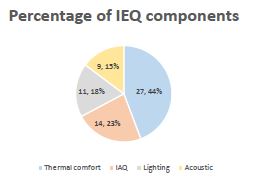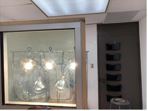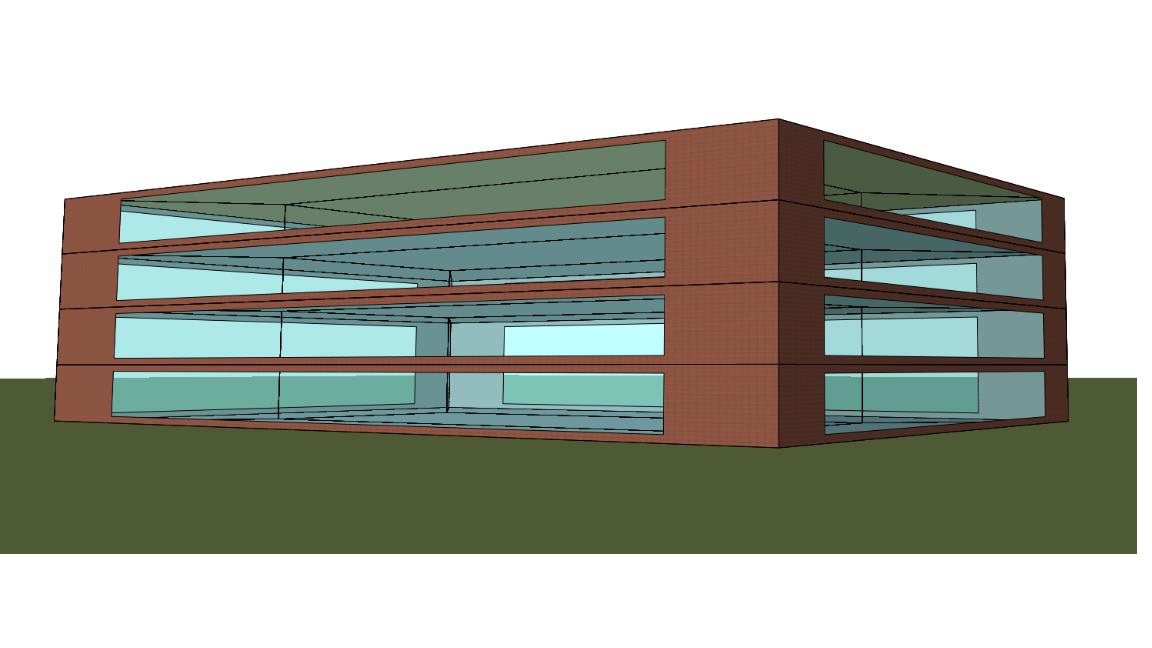Indoor environment quality (IEQ) is a significant component in people’s daily life because people spend most of their time to stay indoors. The IEQ has been thoroughly studied in previous research in daytime. However, the research on the relationship between IEQ and sleep quality is insufficient. It is essential to provide a meta-analysis of the bulk of research about IEQ, sleeping quality, and IoT to suggest a novel tendency of the development to improve sleeping quality through using IoT and wearable sensors to maintain indoor environment quality automatically.




